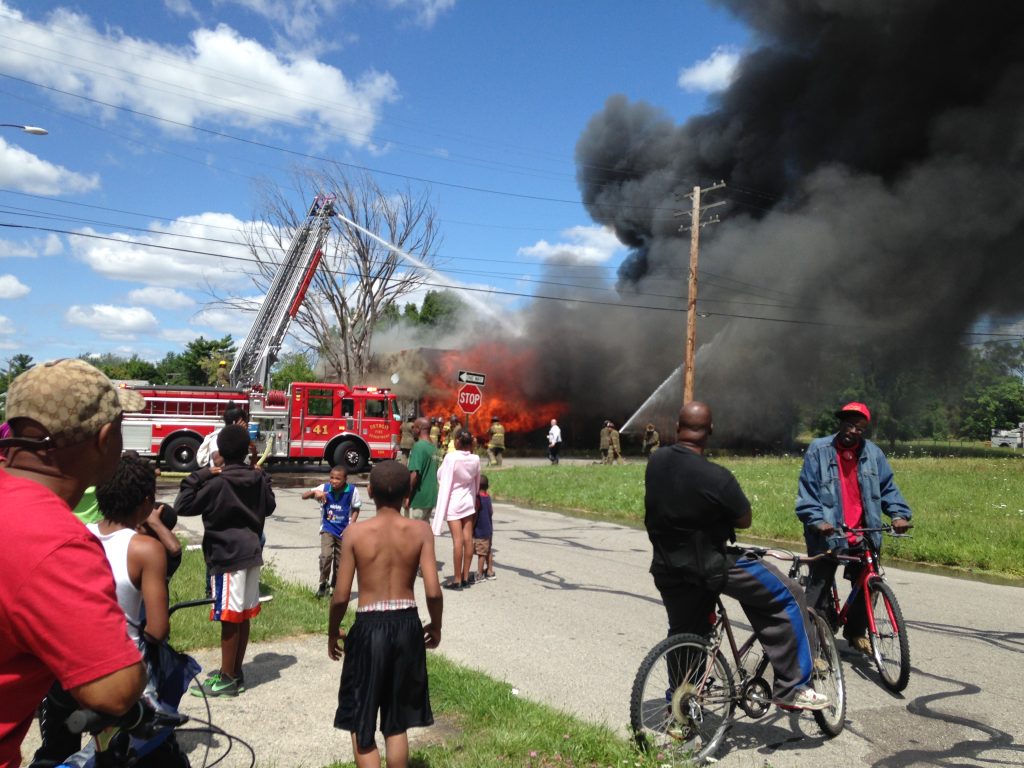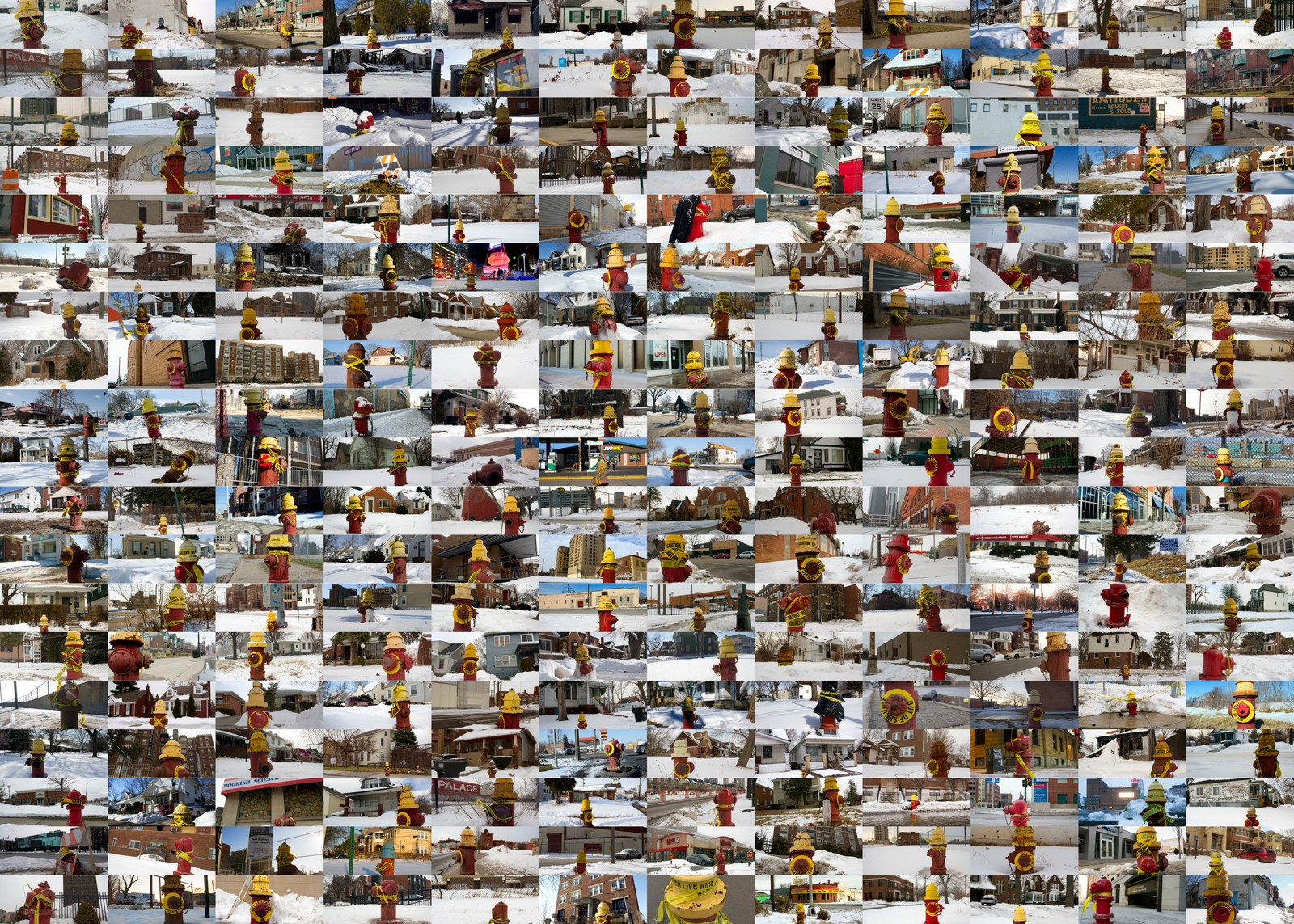Bankruptcy’s Fiery Effect
Detroit’s fire department reflects bankruptcy’s legacy for city departments, services.

Perhaps the greatest microcosm of Detroit’s plight before, during, and after bankruptcy is fire. Flames lick every corner of the city’s struggles, causing blight, financial strain, departmental dysfunction and havoc for many Detroiters.
The Fire Department has seen some major changes over the past several months, and one local reporter decided to cover all of it – big and small – over the past year. Steve Neavling is the publisher of Motor City Muckraker. He’s followed the story in Detroit as a new commissioner was ushered in, and he discovered the city hasn’t been forthcoming about the real number of broken fire hydrants.

He sat down with WDET’s Laura Weber-Davis to talk about fire, bankruptcy and Detroit.
Here are a few highlights from their conversation:
-
Bankruptcy: Neavling says the Fire Department did factor into the bankruptcy deal. “The fire department got a good chunk of the $110 million from the Quality of Life loan that came from the bankruptcy,” he says. “So with the bankruptcy loan the city was able to get new fire engines, new squads, which were desperately needed, and they were able to fix some of their stations… and get some of their badly needed ladder trucks fixed.”
-
Neighborhoods: Neavling says the official word is that the city does not prioritize one neighborhood over another in fighting fires. But he says there are pockets of the city that are more equipped to deal with fire than others. “You have a system that wasn’t getting preventative maintenance and now it really needs to be replaced, and the city doesn’t have the money to fix all of this,” he says. “The first water pipes that they fixed were downtown and Midtown and the Cass Corridor, and then they started springing out to other neighborhoods. But the poorer neighborhoods… those areas haven’t been touched yet. None of the water pipes have been improved. So you’re seeing fires break out in those areas in one house and by the time firefighters are able to find water with any sort of pressure, a lot of times, those fires are spreading to multiple houses. So it really underscores this issue of having two different cities. The bankruptcy has allowed for the freeing up of money through a loan, and it’s made sure the city doesn’t have to worry about this long-term debt anymore. But a lot of the new investment is disproportionately going into the better neighborhoods – downtown and Midtown – rather than areas where there are lower-income people.”
-
Microcosm: Neavling says he has learned a lot about Detroit through his fire coverage in 2015. “Fires are always a good indicator of the health of a city,” he says. “When you see a lot of fires and an inability to put out the fires and arrest the people who are setting them, this issue is connected to everything else. The viability of neighborhoods as soon as a house burns down, insurance rates go up, property values go down, people want to move out. Sort of this vicious cycle… The fires are affecting everything from the tax base to the number of people living here. And if you don’t have the tax base then you can’t provide police services and some of the other critical services, and fires are contributing to that.”
Click on the link above to hear the audio of their conversation.

